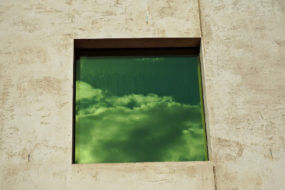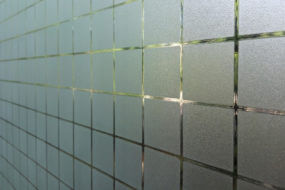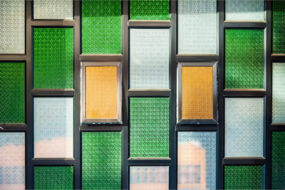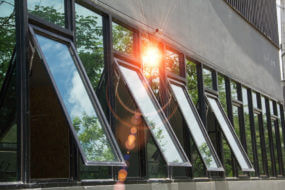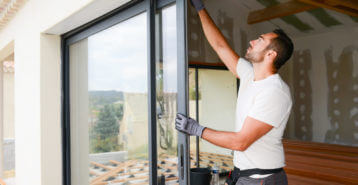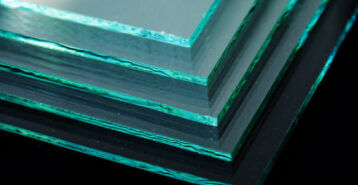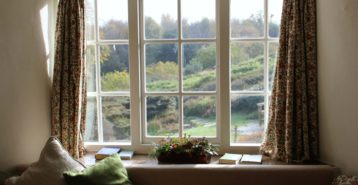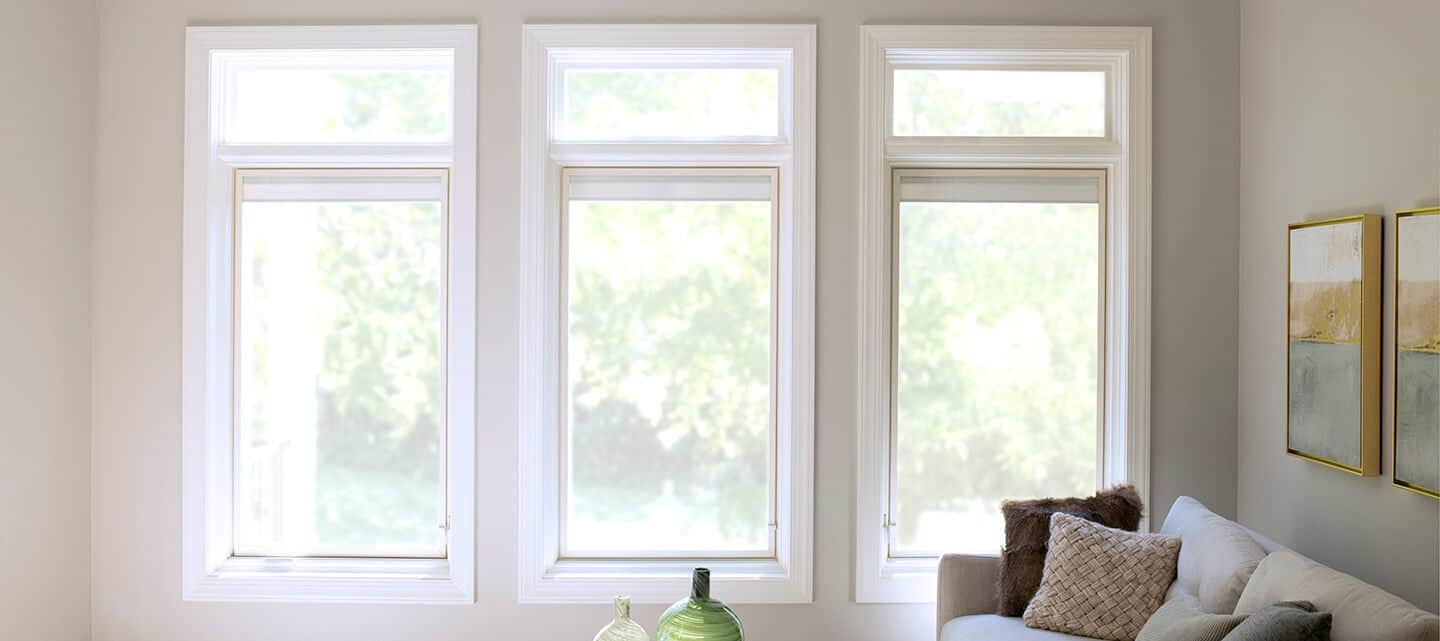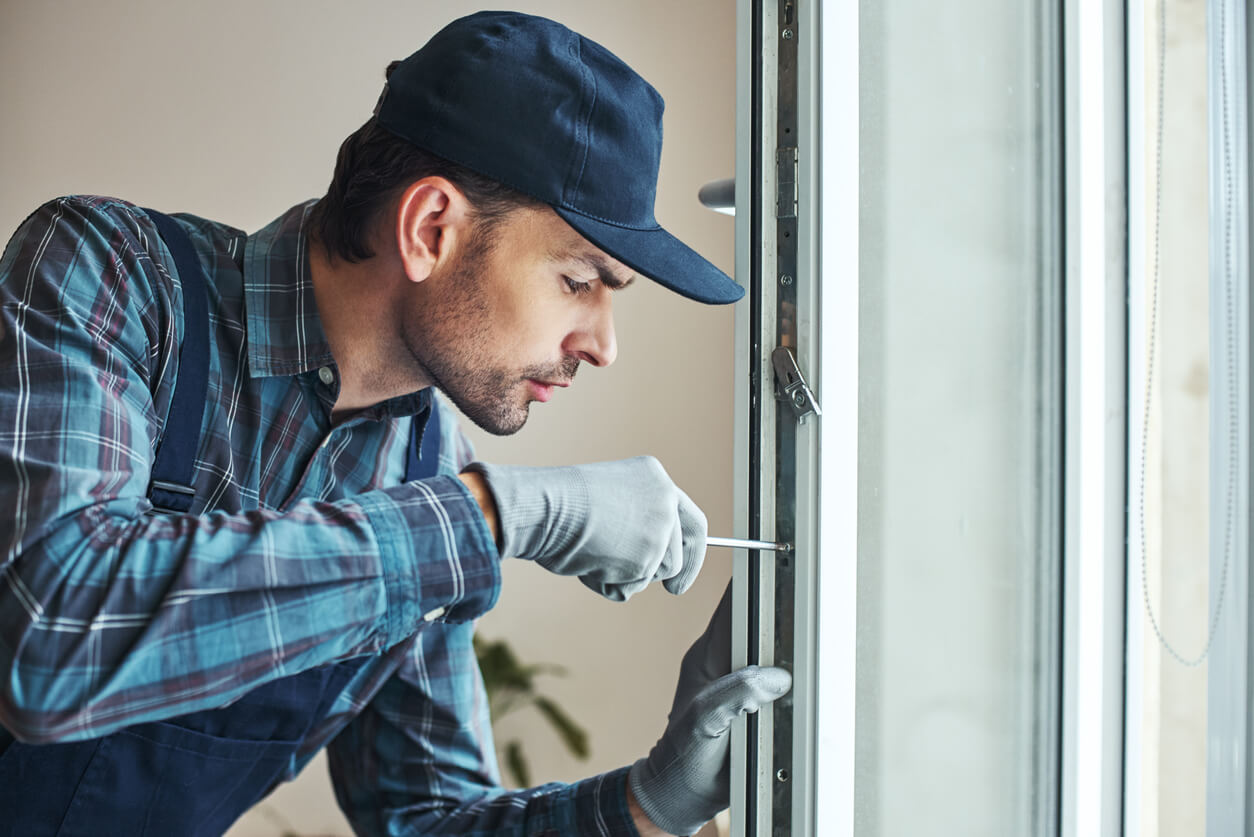Find Your Perfect Window Glass
When deciding which window glass is best for your new home windows, it’s important to ask the following:
- How important are energy efficiency and long-term savings to you?
- Do you need weather-resistant window glass?
- Do you need noise reduction window glass?
- Is safety and privacy a concern for your home windows?
Your local window replacement contractor will be able to walk you through your window glass options and choose the one that matches your needs and budget. But there are a few decisions you can likely make on your own.
@modernizehomeservices New windows are a huge investment, and it will most likely be the only time you need to make this replacement! So it is important to consider every type of material – from frames to glass. Answer a few questions and our Glass Types Tool will help narrow down your options!
♬ original sound – Modernize Home Services – Modernize Home Services
Take the Glass Types Quiz at the Top of This Page
If you want our personal recommendation, scroll to the top of the page and take our quiz. This will help you narrow in on what’s most important to you with types of glass: privacy, insulation, or safety. You can also tell us where it’s going to be installed so we can help you decide if it’s in an area where safety glass will be required. Then, tell us about the climate where you live. This will help us recommend double- or triple-paned glass as well as hurricane or impact glass. Finally, tell us how much direct sunlight you tend to see in the area where you’re getting new glass so we know whether or not you need low-E glass.
How to Choose the Right Glass Type
Choosing the right window glass type for your home will depend on a number of factors, including your desired safety, security, and insulation as well as climate, treatments, and cost. Let’s go over the main factors you’ll want to consider.
Glazing
The first decision you need to make is between single-, double-, and triple-paned windows. Here’s how to choose:
- Single-Pane: Only suitable for sheds, garages, and other out-buildings. They do not provide enough protection from outside temperatures to work well in a home.
- Double-Pane: This is the most popular option for homeowners. Double-pane windows cost between $550 and $1,100.
- Triple-Pane: A good choice for those in extreme climates, especially those that see very low temperatures in the winter. Homeowners in less extreme climates likely won’t see the same increase in efficiency by choosing triple-pane windows that those in the coldest temperature zones will. Triple-paned windows cost between $613 and $1,307.
You can see how the difference in price changes with window type, size, and more by visiting our guide to energy-efficient windows cost. You can also explore more about window glazing.
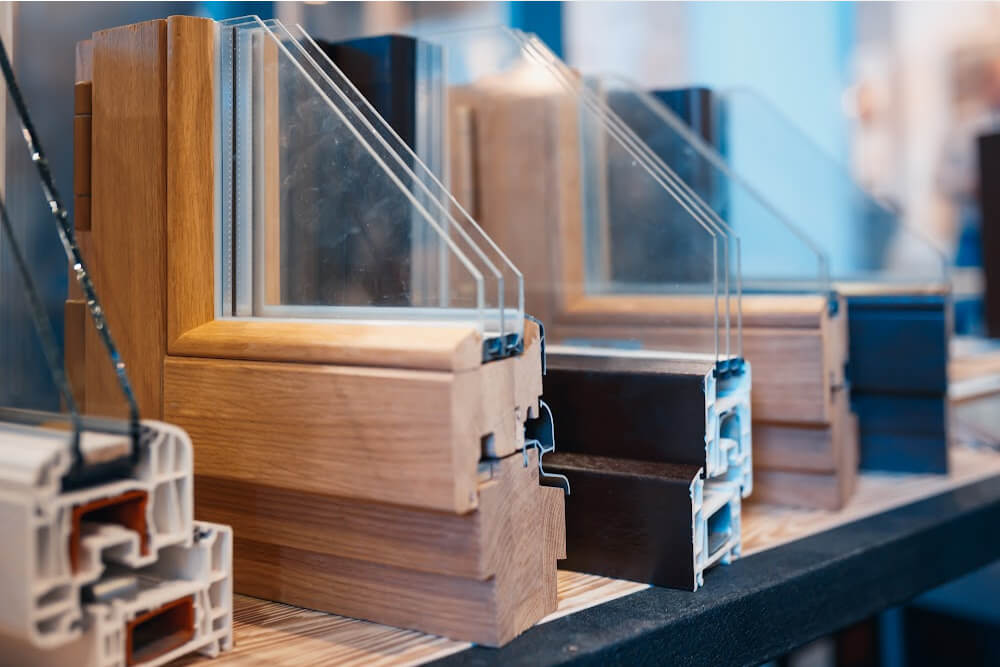
One last note on window glazing: By holding the air or gas inside between the panes, double-paned and triple-paned glass helps with reduction of heat transfer. It also helps with reduction of noise coming through the window. So even if you live in a more moderate climate, you might choose triple-paned windows for their excellent ability to dampen sound.
Choosing a Fill
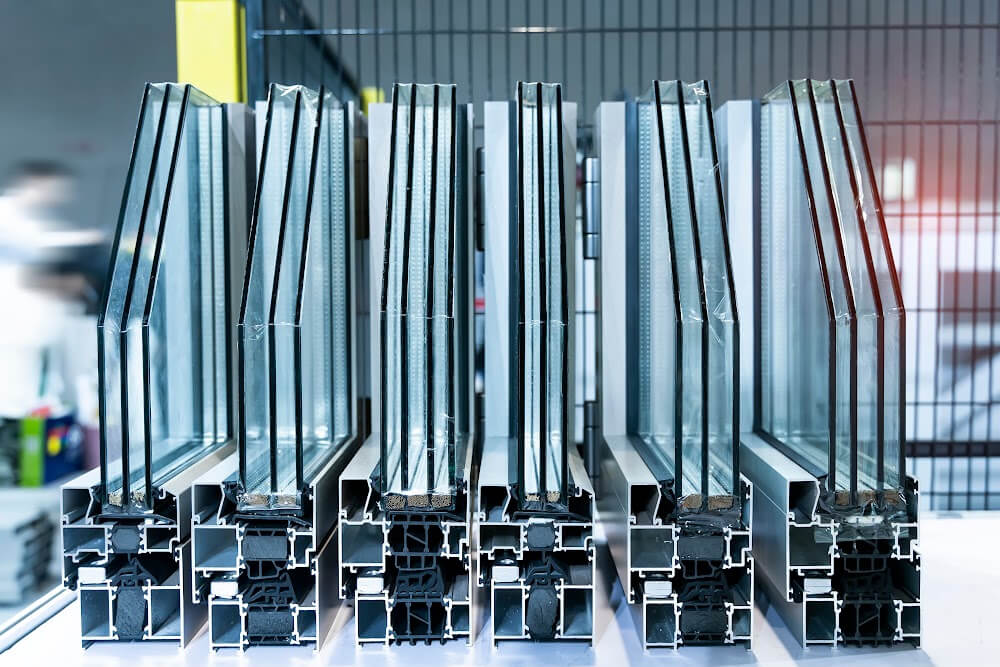
Multi-pane windows often feature a gas or air fill between panes for insulation. Here are our recommendations based on budget:
- Low: Go for an air fill, the most budget-friendly option. Note, however, that it’s also the least insulating.
- Mid: Argon gas is more insulating than air and less expensive than high-end options.
- High: Krypton and Xenon are less popular than argon due to their high prices, but they offer excellent insulation in a triple-pane window if you live somewhere with extreme temperatures.
Here’s more information about insulated glass.
Types of Safety Glass
The location of your window and the type of severe weather in your area will guide your glass choice. Here are the main options:
- Annealed (Float) Glass: This is your budget-friendly option, best for sheds and outbuildings. It is, however unsafe for storm-prone areas because the glass breaks into large, sharp shards.
- Heat-Strengthened Glass: Twice as strong as annealed and still budget-friendly. It isn’t recommended for hurricane zones since it can still break into large shards.
- Tempered Glass: This glass is five times stronger than annealed. It shatters into small, blunt pieces for improved safety. You’ll find it in home windows, doors, and shower enclosures.
- Laminated Glass: Layers of glass with a plastic interlayer that holds shards in place. Laminated glass is great for added safety, sound reduction, and storm resistance.
- Hurricane (Impact) Glass: A stronger form of laminated glass with an extra-flexible interlayer to withstand severe impacts. It’s essential in hurricane-prone regions.
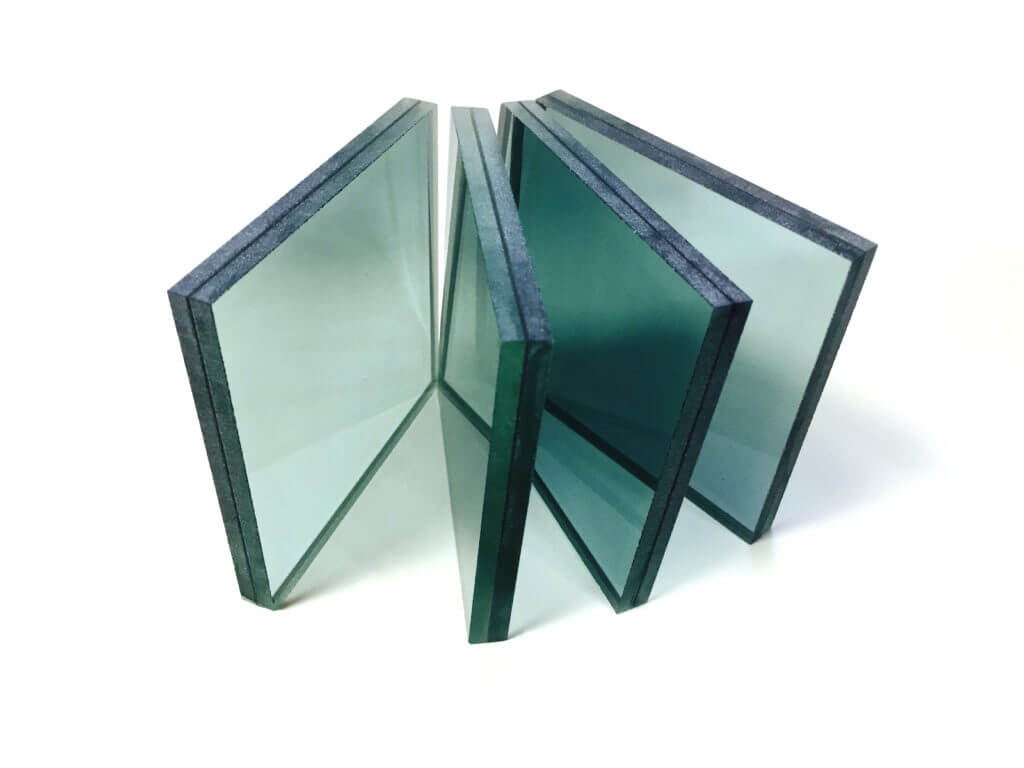
Safety Note: Tempered glass is required by code for windows near doors, showers, tubs, staircases, large glass panels, or anywhere less than 18 inches from the floor.
Low-E Glass
Deciding whether to use low-emissivity (low-E) glass involves considering several factors related to climate, energy efficiency, and overall costs. Here’s what to consider:
- Climate Considerations: In cold climates, low-E glass helps keep heat inside the home, reducing heating costs. It reflects interior heat back into the room instead of letting it escape through the windows. In hot cliamates, it reflects solar heat away from the house, helping to keep indoor spaces cooler and reducing the reliance on air conditioning.
- Energy-Efficiency: Low e-glass can decrease your energy usage (and bills!), improve your home’s insulation and comfort, and maintain a consistent temperature.
- Furniture and Fabric Protection: If the room the new glass is going in sees a lot of direct sunlight, then you should probably invest in low-E glass. UV rays can fade furniture, flooring, or curtains. Low-E glass reduces the amount of UV and infrared light that enters the home.
- Building Codes: Some regions have building codes that encourage or even require the use of energy-efficient materials like low-E glass. Additionally, there may be tax incentives or rebates available for installing energy-efficient windows.
- Resale Value: Installing low-E glass can increase the marketability and potential resale value of a home, as energy efficiency is a significant selling point for many modern buyers.
Privacy and Appearance
Finally, when both appearance and privacy matter to you with your new windows, these options for window glass types can help you have the best of both worlds.
Tinted Glass
Coated or tinted glass is created with the addition of metal oxides. This can create an aesthetically pleasing look that tints the view out the window into shades of bronze, green, blue, or gray. Other colors might be available as a custom tint. It can add some privacy to the home. If the tint is dark enough, it can create some visual appeal for those looking at the home from a distance. As a bonus, some tints double as protection against heat transfer.
Obscured Glass
Also known as patterned glass, this type of glass has a unique shape on one side. This distorts the view and makes it more difficult for those outside the home to see what’s on the other side. Those looking out, however, will see what appears to be a completely normal window. Often called “translucent” glass, the flow of light through the distorted glass creates a delightful glow.
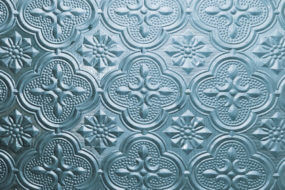
Etched Glass
This type of window glass is exactly what it sounds like: after the window is manufactured, small cuts are etched throughout the glass, creating visual interest and a frosted coat that can enhance privacy. This can be done in the factory, or you can have your windows etched after they are manufactured for a more custom creation.
Stained Glass
Once a staple of soaring churches, stained glass windows were a novelty in the residential home. They were often used as accent pieces. Today, stained glass windows are becoming more common as homeowners look for ways to express themselves through their home décor and design. Stained glass is also great for privacy, as it is usually tough to see through, tends to be rather sturdy thanks to all the woven metal within, but might be quite difficult to repair if broken.
Mirrored Glass
While it’s not the most common choice for homes, mirrored glass can provide wonderful security and privacy. Mirrored glass does have a slight tint that you can notice from the inside, so the view won’t be as crisp as that of clear glass. On the other hand, the energy efficiency gets a boost, as mirrored glass reflects some sunlight away from the home. At night, when the lights are on and the interior is brighter than the exterior, the mirrored effect vanishes – so, you will still need curtains or blinds for privacy.
If you want to learn more about types of privacy glass, you can visit our guide.
Unique Window Glass Types
There was a time when stained glass windows made their way from churches to the modern home, usually as accent pieces. Today, that unique artistic expression has morphed into a wide variety of other window types that add unique style to your abode.
LED Glass Panels
If you are looking to add a little style to your home, LED glass panels are like a newer version of stained glass windows. They can create true works of art with a variety of colors and designs. These glass panels can be inserted into a typical space for a window or used as curtain glass.

Curtain Glass
This is glass that creates a wall in your home, one that is especially popular in areas with majestic natural views. Curtain glass, however, can deal a wicked blow to your utility bills. To make the curtain glass more energy-efficient, consider using thermally broken aluminum framing, thermal spacers between the glass panes, and low-E glass. It is also a good idea to consider south-facing window walls for those homes that need much more heating during the winter, and to look into awning windows and overhangs to lower the indoor temperatures in the summer.
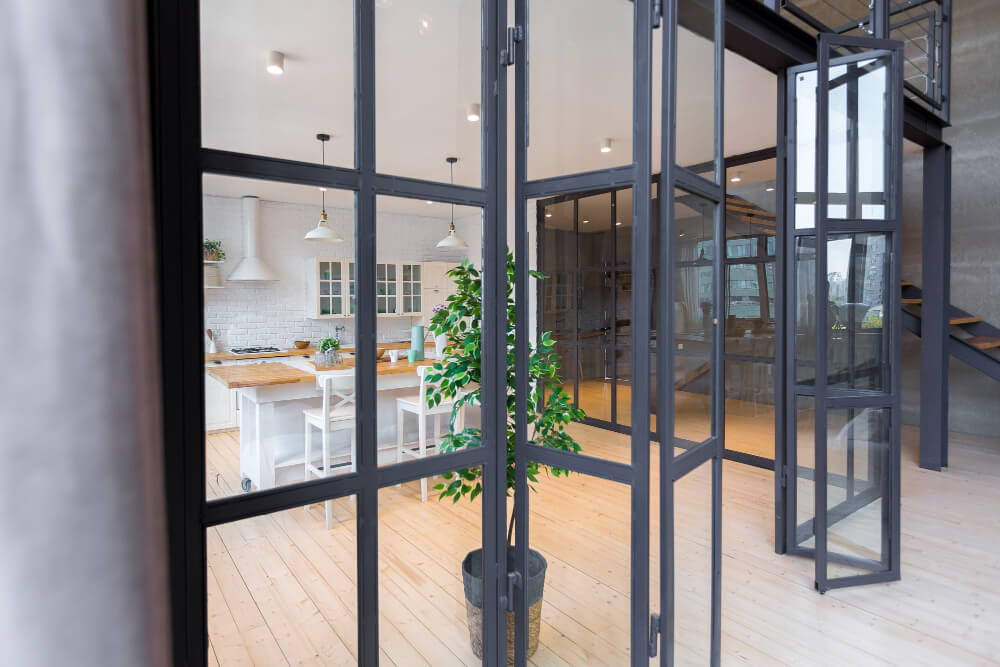
Smart Glass
Smart glass is becoming more popular as homeowners learn the magical things it can do. This might include privacy glass that turns translucent as the sunlight hits it. Alternatively, solar glass allows the low-E quality can be turned on or off. You could even consider windows that go opaque with the touch of a button. Some smart windows can adjust their own tint depending upon the temperature and how many people are in the room.
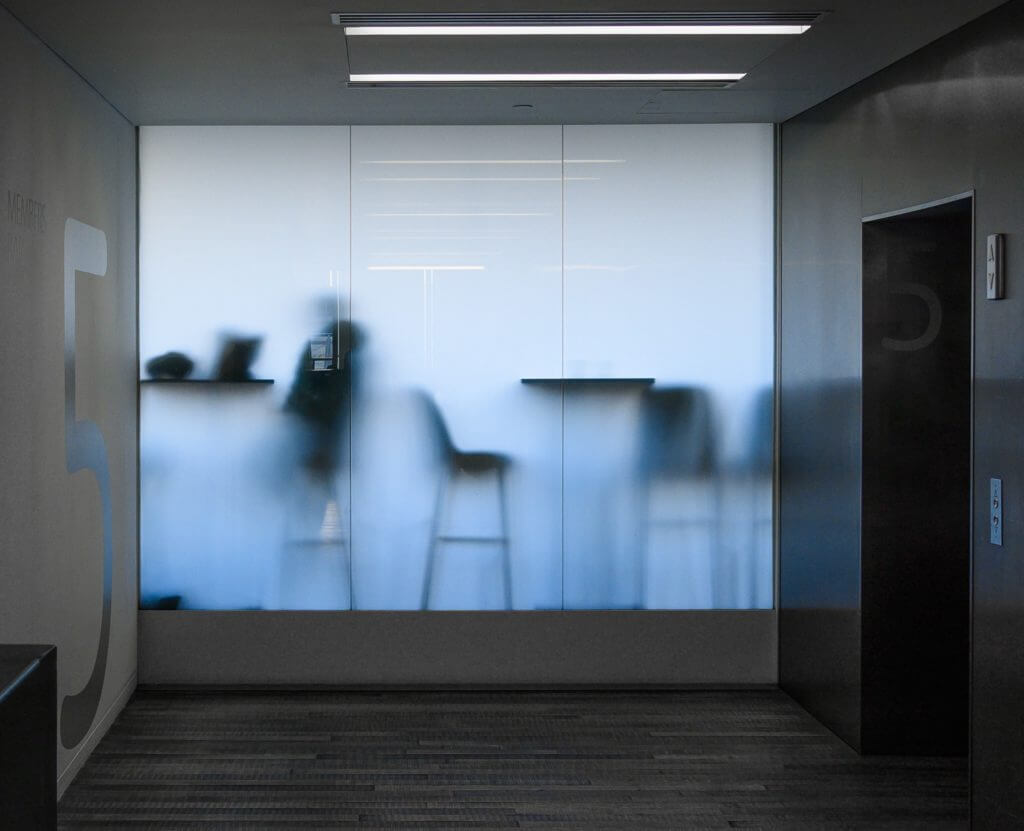
The Final Word on Types of Window Glass
The types of window glass that are right for you will ultimately depend on your home, your budget, your climate, and where in your home the glass is being installed.
However, double-paned glass with argon gas and a low-E coating is widely recommended. You may want to start your glass buying journey there and then see where you want to add efficiency.
You should plan to get quotes from three to four contractors to find the best price on a variety of types of window glass. Browse our contractor directory to see pros in your area. Or, click below to have Modernize match you with up to four pros.
Compare top-rated windows pros in your area.
Read real homeowner reviews, explore qualifications, and view promotions. Modernize makes it easy to browse professionals and find one that will be perfect for your project.

